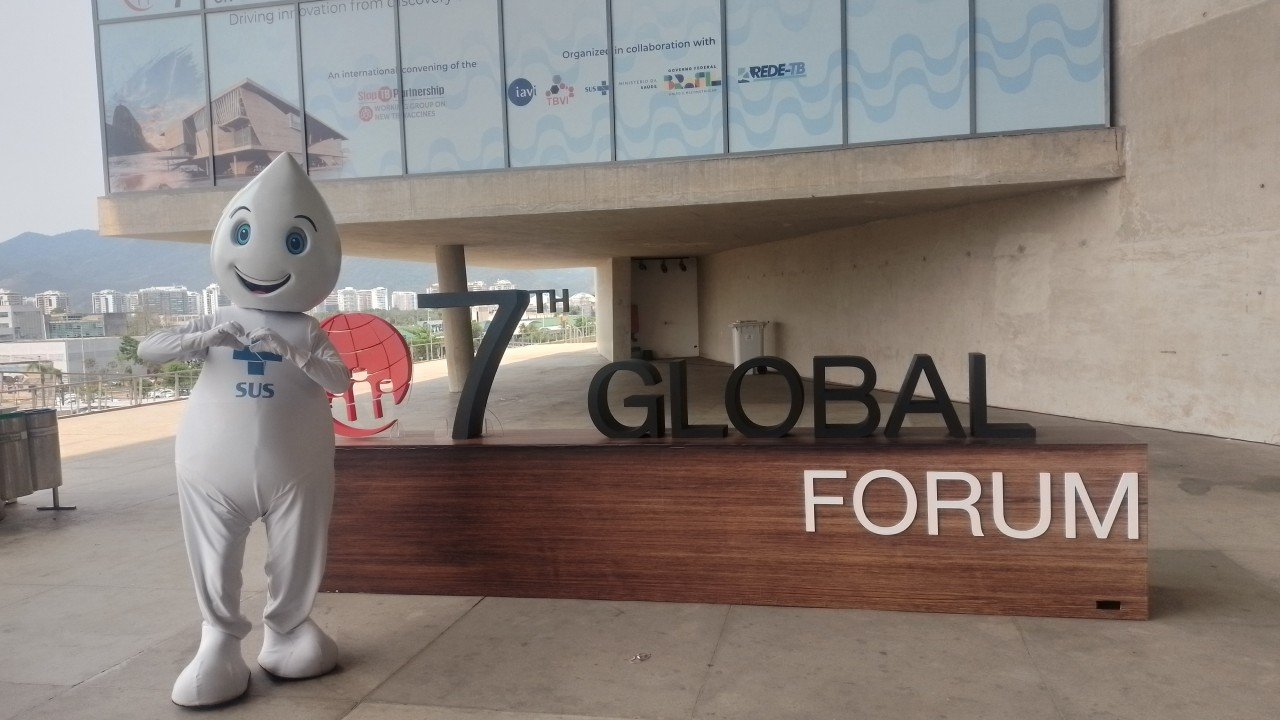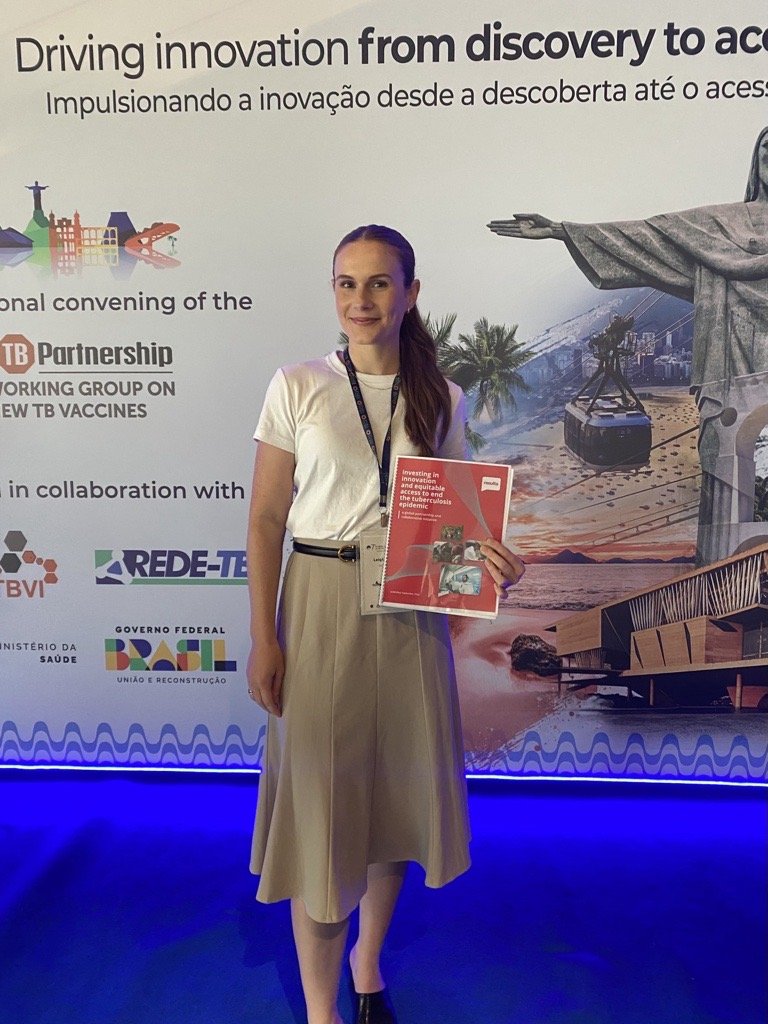Reflections from the 7th Global Forum on TB Vaccines: A Call to Action
On July 18, 1921, the first individual received the Bacille Calmette-Guérin (BCG) vaccine for tuberculosis (TB) - over 100 years ago. It’s sobering to think that, in 2024, this century-old tool remains our only vaccine against TB, which remains the world’s deadliest infectious disease. As Dr. Jeremy Farrar, Chief Scientist at the World Health Organization, pointed out in his keynote at the 7th Global Forum on TB Vaccines: “Where else, in public health or clinical care, are we still reliant on something that was developed 103 years ago? The answer is: in very few places. Yet for TB, this outdated reality remains unchanged.
With 1.3 million TB deaths every year, it’s clear that relying on a vaccine from the early 20th century isn’t enough. This forum, held in Rio de Janeiro recently, brought together global stakeholders to address this glaring gap. Across three days, participants from public and private sectors, philanthropic organizations, civil society, and affected communities came together with one goal in mind: advancing the development and delivery of a new, more effective TB vaccine.
There was cautious optimism in the room. With 16 vaccine candidates in the TB vaccine pipeline - including exciting “prevention of disease” (vs “prevention of infection”) candidates in late-stage development, the first ever TB vaccine constructed based on mRNA, and more inclusive clinical trials - there is a renewed sense of hope. The TB community is energized by progress, but major concerns remain.
Among the most prominent concerns is the significant underfunding of TB research and development. Eighty percent of the vaccine financing target went unfulfilled between 2018 and 2022. Without significant investments, the promising vaccines in late-stage development may never reach the people who need them most.
In addition to funding, planning for vaccine deployment must start now. Once a new vaccine is ready, we cannot afford delays. Unlike the BCG vaccine, which is administered to newborns, new TB vaccines will likely target adolescents and adults, requiring entirely new delivery systems. Countries must determine how best to reach these populations, for example taking lessons from HPV vaccination programs, which target adolescents in school settings.
The role of global health institutions will be critical for equitable rollout of vaccines. GAVI, the Vaccine Alliance, has a key role in ensuring vaccines reach low- and middle-income countries (LMICs), but it cannot reach everyone. Many countries with high TB burdens aren’t eligible for GAVI support. These countries must prepare to procure and deliver vaccines through their own regulatory and distribution systems, a complex and challenging task. The newly established WHO TB Vaccine Accelerator Council will play a pivotal role in addressing these challenges, from regulatory approval to manufacturing and distribution. Other global health institutions, such as the Global Fund to Fight AIDS, Tuberculosis, and Malaria, will also be critical enablers for countries to access new vaccines. But success will depend on collaboration across governments, global health institutions, and civil society to ensure equitable access.
Takeaways for Canadian advocacy
The Global Forum offered a platform to showcase and discuss the latest scientific developments towards ending TB. But without political will and funding, these innovations may never materialize. Stop TB Canada is calling on the government to take immediate action to accelerate the equitable introduction of a new TB vaccine by:
Investing in TB research and development by allocating 0.15% of Canada’s total R&D expenditure to TB, in line with the UN High-Level Meeting on TB. This funding is critical to support innovation across R&D for vaccines, diagnostics, therapeutics, and access.
Supporting global health institutions, including GAVI and the Global Fund to Fight AIDS, Tuberculosis, and Malaria, to ensure equitable vaccine rollout.
Endorsing local manufacturing in high-burden countries to secure sustainable access to new TB tools.
Encouraging new actors, such as CEPI, to join the TB R&D landscape, improving coordination and expanding resources for vaccine development
The time for action is now. With the right investment and strategic planning, we can stop TB in its tracks and save millions of lives. For more detailed recommendations, refer to the recently published report by Results Canada and Results UK, “Investing in Innovation and Equitable Access to End the Tuberculosis Epidemic”.

